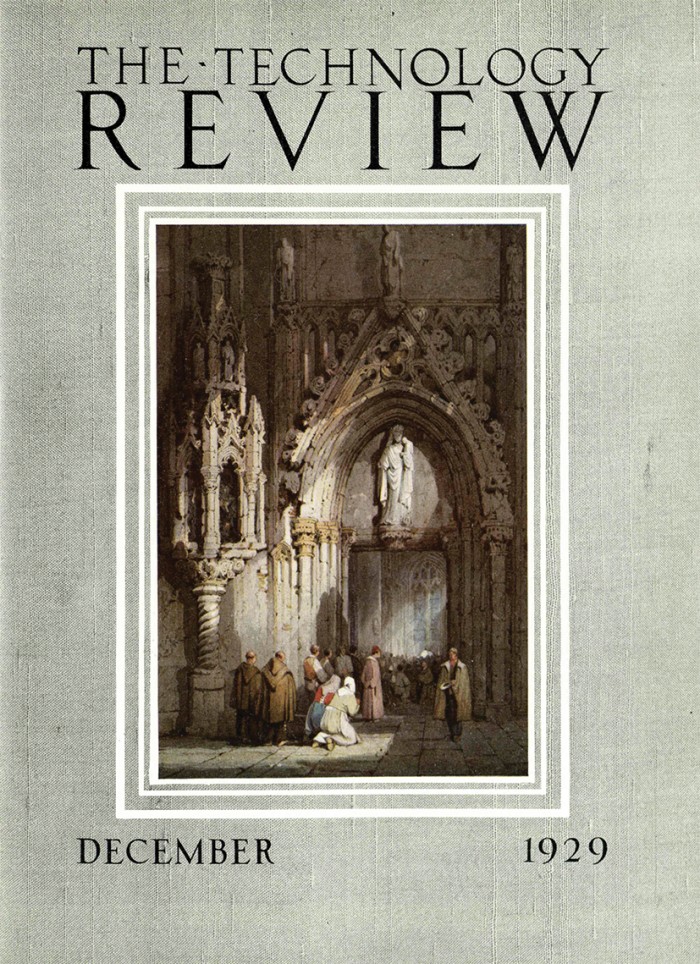87 Years Ago: Film Adaptation
“Swiftly outgrowing the black and white silence of its flickering infancy, the motion picture has within a morsel of time found its tongue and garbed itself in robes of many colors. And now William Fox, far-seeing showman, announces Grandeur pictures, photographed on a new wide film designed to cover a screen of full stage dimensions.
All this means new cameras and new projecting apparatus, huge screens and a new technique in the studio. While the veteran of the legitimate stage may smile complacently, the celluloid star must learn the art of make-up all over again. Scenery will have to be built with far greater attention to detail than is now the practice, and many of the camera tricks of the past must be discarded because of the new demands of an enlarged screen.

The wide film will permit photography of far greater scope than is possible at present, a fact which offers the director and his man Friday, the art counselor, opportunities for mass effects hitherto unattainable. The new film will do away with the cramped sets now sometimes seen, but the closeup, it is predicted, can be used with an even greater palpitating effect.
The film used by the Fox-Case Company is seventy millimeters wide, exactly double the width of the standard film being used at present. The Paramount-Lasky Corporation is working on a film reported to be fifty-six millimeters wide, while the Radio Corporation of America is said to have decided upon a width between that of Fox and Paramount.
That the wide film and the large screen will eventually come into general use seems assured. For the moment, however, the great need is agreement upon a wide film of standard width. The average exhibitor, still bowed under the financial burden of installing sound apparatus, faces the possibility of being forced to buy several machines to project films of special width.
Claims to the contrary notwithstanding, the wide film, while increasing the scope of motion photography, does not produce stereoscopic effect. The third dimension still remains the ultimate goal of the motion picture, an achievement which, with perfection of color and sound processes, would bring the screen an illusion difficult to distinguish from life itself.”
Excerpted from “Grandeur Movies,” in the December 1929 issue of Technology Review.
Keep Reading
Most Popular
Large language models can do jaw-dropping things. But nobody knows exactly why.
And that's a problem. Figuring it out is one of the biggest scientific puzzles of our time and a crucial step towards controlling more powerful future models.
The problem with plug-in hybrids? Their drivers.
Plug-in hybrids are often sold as a transition to EVs, but new data from Europe shows we’re still underestimating the emissions they produce.
Google DeepMind’s new generative model makes Super Mario–like games from scratch
Genie learns how to control games by watching hours and hours of video. It could help train next-gen robots too.
How scientists traced a mysterious covid case back to six toilets
When wastewater surveillance turns into a hunt for a single infected individual, the ethics get tricky.
Stay connected
Get the latest updates from
MIT Technology Review
Discover special offers, top stories, upcoming events, and more.